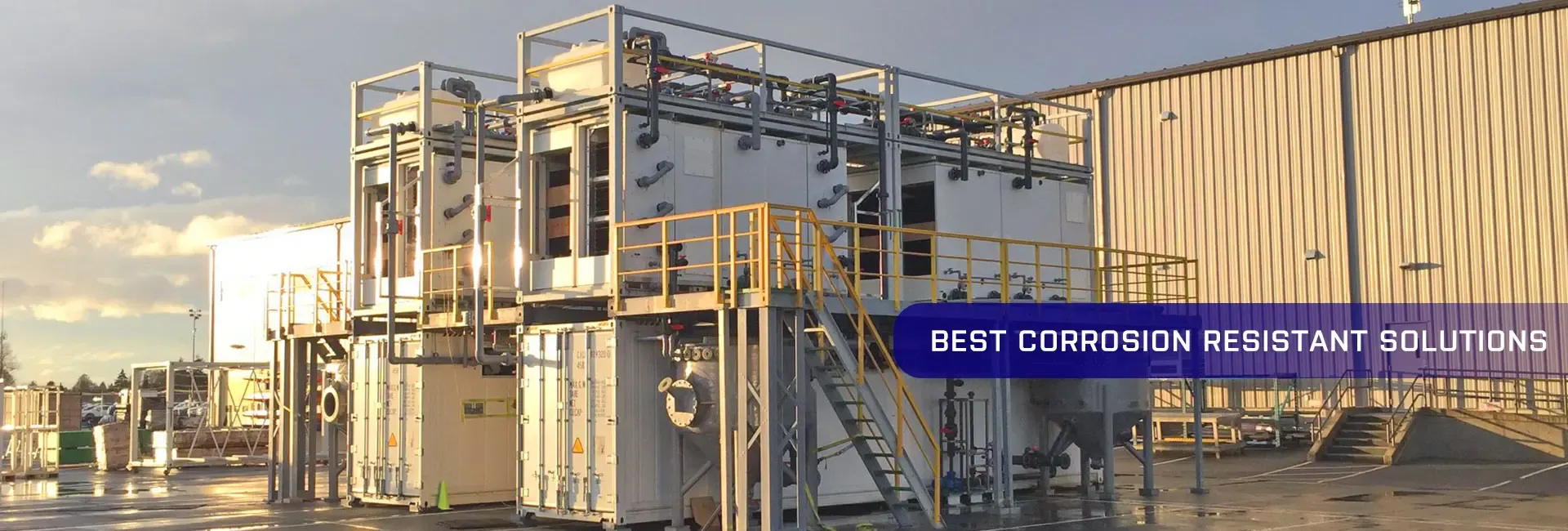
-
 Afrikaans
Afrikaans -
 Albanian
Albanian -
 Amharic
Amharic -
 Arabic
Arabic -
 Armenian
Armenian -
 Azerbaijani
Azerbaijani -
 Basque
Basque -
 Belarusian
Belarusian -
 Bengali
Bengali -
 Bosnian
Bosnian -
 Bulgarian
Bulgarian -
 Catalan
Catalan -
 Cebuano
Cebuano -
 China
China -
 China (Taiwan)
China (Taiwan) -
 Corsican
Corsican -
 Croatian
Croatian -
 Czech
Czech -
 Danish
Danish -
 Dutch
Dutch -
 English
English -
 Esperanto
Esperanto -
 Estonian
Estonian -
 Finnish
Finnish -
 French
French -
 Frisian
Frisian -
 Galician
Galician -
 Georgian
Georgian -
 German
German -
 Greek
Greek -
 Gujarati
Gujarati -
 Haitian Creole
Haitian Creole -
 hausa
hausa -
 hawaiian
hawaiian -
 Hebrew
Hebrew -
 Hindi
Hindi -
 Miao
Miao -
 Hungarian
Hungarian -
 Icelandic
Icelandic -
 igbo
igbo -
 Indonesian
Indonesian -
 irish
irish -
 Italian
Italian -
 Japanese
Japanese -
 Javanese
Javanese -
 Kannada
Kannada -
 kazakh
kazakh -
 Khmer
Khmer -
 Rwandese
Rwandese -
 Korean
Korean -
 Kurdish
Kurdish -
 Kyrgyz
Kyrgyz -
 Lao
Lao -
 Latin
Latin -
 Latvian
Latvian -
 Lithuanian
Lithuanian -
 Luxembourgish
Luxembourgish -
 Macedonian
Macedonian -
 Malgashi
Malgashi -
 Malay
Malay -
 Malayalam
Malayalam -
 Maltese
Maltese -
 Maori
Maori -
 Marathi
Marathi -
 Mongolian
Mongolian -
 Myanmar
Myanmar -
 Nepali
Nepali -
 Norwegian
Norwegian -
 Norwegian
Norwegian -
 Occitan
Occitan -
 Pashto
Pashto -
 Persian
Persian -
 Polish
Polish -
 Portuguese
Portuguese -
 Punjabi
Punjabi -
 Romanian
Romanian -
 Russian
Russian -
 Samoan
Samoan -
 Scottish Gaelic
Scottish Gaelic -
 Serbian
Serbian -
 Sesotho
Sesotho -
 Shona
Shona -
 Sindhi
Sindhi -
 Sinhala
Sinhala -
 Slovak
Slovak -
 Slovenian
Slovenian -
 Somali
Somali -
 Spanish
Spanish -
 Sundanese
Sundanese -
 Swahili
Swahili -
 Swedish
Swedish -
 Tagalog
Tagalog -
 Tajik
Tajik -
 Tamil
Tamil -
 Tatar
Tatar -
 Telugu
Telugu -
 Thai
Thai -
 Turkish
Turkish -
 Turkmen
Turkmen -
 Ukrainian
Ukrainian -
 Urdu
Urdu -
 Uighur
Uighur -
 Uzbek
Uzbek -
 Vietnamese
Vietnamese -
 Welsh
Welsh -
 Bantu
Bantu -
 Yiddish
Yiddish -
 Yoruba
Yoruba -
 Zulu
Zulu
frp sand pipe
Understanding FRP Sand Pipes An Innovative Solution
In recent years, the construction and infrastructure industries have seen a significant transformation with the introduction of new materials and technologies. One innovative solution gaining traction is the use of Fiber Reinforced Polymer (FRP) sand pipes. These pipes have proven to be a game-changer in various applications, particularly in demanding environments where durability and performance are paramount.
Understanding FRP Sand Pipes An Innovative Solution
One of the most significant advantages of FRP sand pipes is their resistance to corrosion. Traditional materials like steel and concrete are often susceptible to environmental factors, including moisture and chemicals, which can lead to deterioration over time. In contrast, FRP sand pipes boast a high resistance to these corrosive elements, thereby extending their lifespan and reducing maintenance costs. This characteristic is particularly beneficial in applications such as sewage systems, chemical plants, and marine environments where conventional materials may fail.
frp sand pipe

Furthermore, FRP sand pipes are designed for efficient installation and transportation. Their lightweight nature means that they can be easily handled and transported, reducing labor costs and installation time. Additionally, the flexibility of FRP allows for various shapes and sizes, enabling engineers to customize solutions tailored to specific project requirements. This adaptability makes FRP sand pipes suitable for a wide range of applications, from drainage systems to water supply lines.
The environmental impact of using FRP sand pipes is another essential aspect to consider. The production process of FRP is generally more sustainable compared to traditional materials, as it often involves lower energy consumption and waste generation. Moreover, the longevity of FRP sand pipes contributes to a reduced carbon footprint over time, as they require less frequent replacement and maintenance.
In conclusion, FRP sand pipes represent an innovative solution within the realm of construction and engineering. Their combination of strength, lightweight, corrosion resistance, and environmental sustainability makes them a compelling choice for various applications. As industries continue to seek advanced materials that meet the challenges of modern infrastructure, FRP sand pipes are poised to play a crucial role in shaping the future of engineering solutions. Investing in such technologies not only enhances the quality and longevity of infrastructure projects but also aligns with global efforts towards more sustainable practices.
Latest news
-
Exploring the Benefits of Top Hammer Drifter Rods for Enhanced Drilling PerformanceNewsJun.10,2025
-
High-Precision Fiberglass Winding Machine for GRP/FRP Pipe Production – Reliable & Efficient SolutionsNewsJun.10,2025
-
FRP Pipes & Fittings for Shipbuilding - Corrosion-Resistant & LightweightNewsJun.09,2025
-
Premium FRP Flooring Solutions Durable & Slip-ResistantNewsJun.09,2025
-
Premium Fiberglass Rectangular Tanks Durable & Lightweight SolutionNewsJun.09,2025
-
Tapered Drill String Design Guide Durable Performance & UsesNewsJun.09,2025









